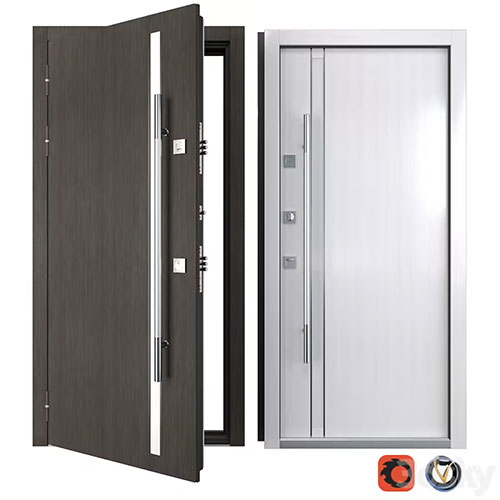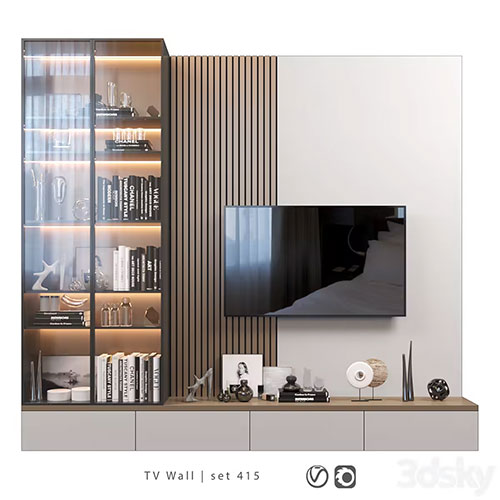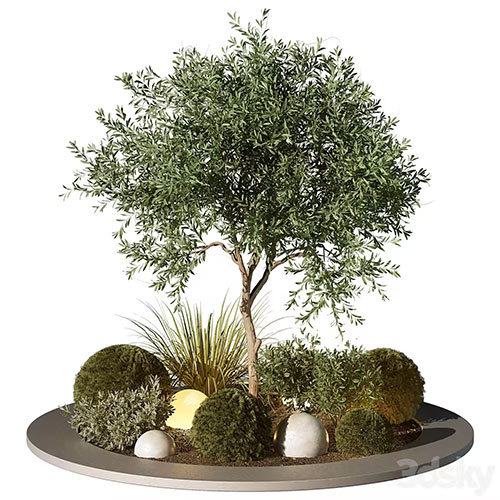
Flower Box Outdoor Plants 436 4385018 - 3D Model
MAX MTL OBJ | 774 MB
|

Entrance Metal Door Modern 2 2526649 - 3D Model
FBX MAX MTL OBJ | 24.1 MB
|

TV Wall Set 415 3863807 - 3D Model
FBX MAX | 122 MB
|

Set photo by Elena Shihan 1934667 - 3D Model
MAX | 3.66 MB
|

Wardrobe Wall Module Clothing 3929581 - 3D Model
MAX MTL OBJ | 519 MB
|

Minotti Riley 2-Seater Sofa 7771713 - 3D Model
MAX MTL OBJ | 857 MB
|

Outdoor Plant 196 4746466 - 3D Model
FBX MAX MTL OBJ | 733 MB
|

Jessica Rabbit - 3D Model
STL | 101 MB
|

Indoor Plants in Standing Legs Small Bowl Concrete Pot Set 563 4052383 - 3D Model
MAX MTL OBJ | 244 MB
|

Furniture for children 0636 5220069 - 3D Model
MAX MTL OBJ | 289 MB
|
« 1 2 3 4 5 ... 230 231 » |
3D модели - это цифровые представления трехмерных объектов, используемые в самых разных сферах, от киноиндустрии и видеоигр до архитектуры и медицины. Создаются они при помощи специализированного программного обеспечения, позволяющего формировать геометрию объекта, настраивать его текстуру, материалы и освещение. Разнообразие техник моделирования, таких как полигональное моделирование, NURBS-моделирование и скульптуринг, позволяет адаптировать процесс создания модели под конкретные задачи и желаемый уровень детализации.
Возможности использования 3D моделей практически безграничны. В кино и играх они оживляют персонажей, создают впечатляющие визуальные эффекты и формируют целые миры. В архитектуре 3D модели позволяют визуализировать проекты зданий и сооружений, оценивать их функциональность и эстетику еще до начала строительства. В медицине они используются для планирования операций, создания протезов и обучения студентов-медиков.












